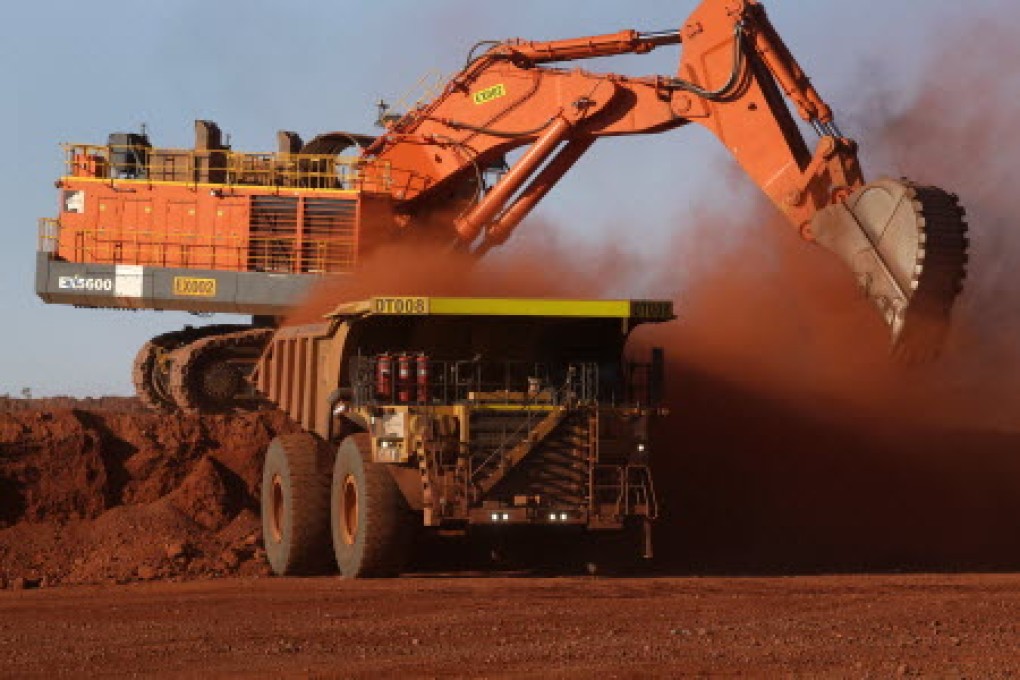More high-cost Chinese iron ore mines to be shut this year as prices tipped to sink further

High-cost iron ore mines in remote parts of the mainland and those owned by state-owned steel mills will come under unprecedented pressure to shut down this year, with iron ore prices tipped to fall further from current decade-low levels.
The closure of uncompetitive mines, which have either been protected by local governments to preserve jobs or shielded them from import competition due to their remoteness, is necessary to balance the over-supplied market.
The 1.2 billion tonne-a-year seaborne iron ore market, with two-thirds of shipments going to the mainland, is expected to see more low-cost supply, as the 55 million tonne-a-year Roy Hill mine is scheduled to come on stream in Austalia late this year, while the 90 million tonne-a-year S11D project in Brazil is expected to be on line next year.
In the long term it is difficult for the Chinese steel industry to subsidise high-cost ore production
As a result, more high-cost supply from the mainland and elsewhere will be squeezed out of the market. Mainland ore imports surged 13.8 per cent last year, even as crude steel output grew just 0.9 per cent. The deputy secretary-general of the China Iron and Steel Association, Li Xinchuang, predicts mainland steel output will fall 1 per cent this year.
Investec Asset Management commodities fund manager George Cheveley, who previously worked as a market analyst at iron ore giant BHP Billiton, said: “We have seen supply come out in China, and in West Africa … but we need more, that means we still need to see more pressure on some of these companies at the higher end [of the cost curve].”
He said the largest producers in Australia and Brazil, which supply the bulk of the seaborne ore, faced little pressure to cut back as they were still profitable at current low prices, given cash production costs – excluding depreciation and other fixed costs – that were below US$20 a tonne in Western Australia.
Iron ore delivered to the Qingdao port traded at HK$47 a tonne on April 2, the lowest since 2005. It has fallen a third since the start of the year and by 60 per cent from a year earlier, to a fraction of the record high of around US$200 in early 2008.
Deutsche Bank says the iron ore price could fall below US$40 a tonne and would need to stay at US$40 to US$45 for a long period to balance the market, as the weak Australian dollar, low oil prices and near record-low freight rates drove down miners’ costs in US dollar terms.